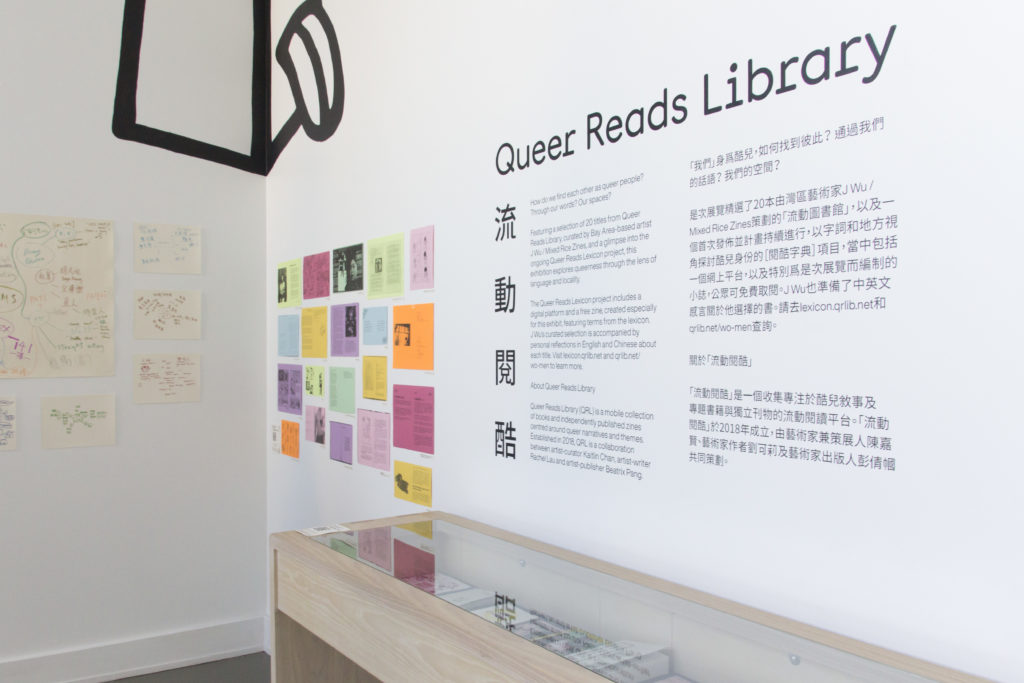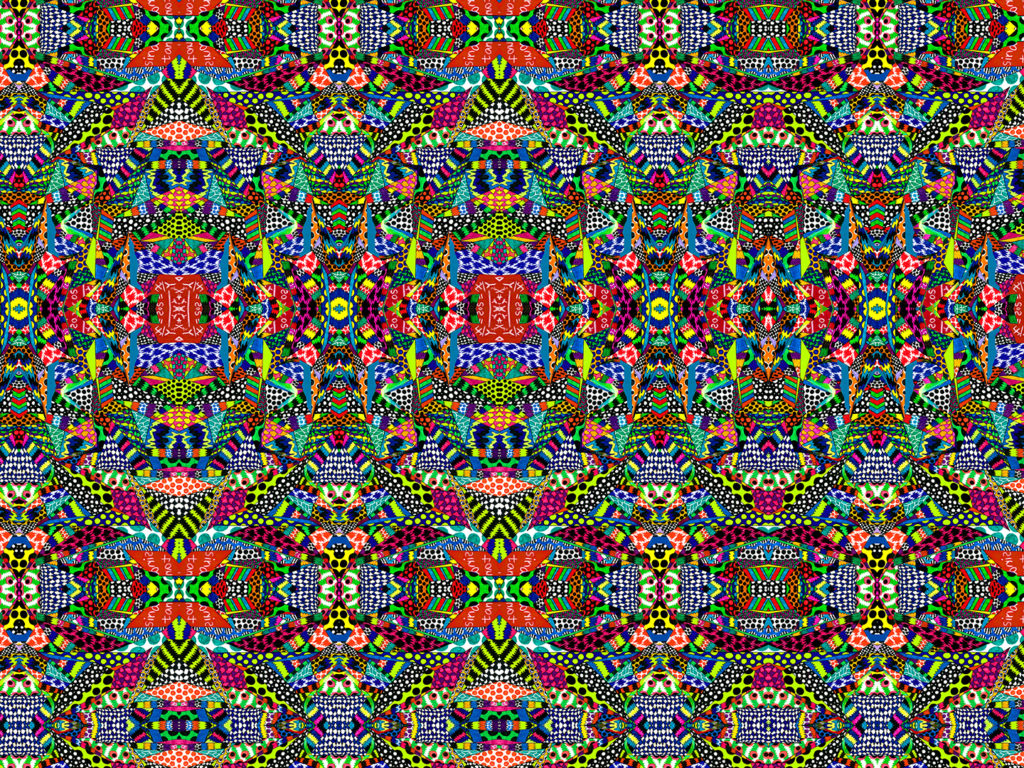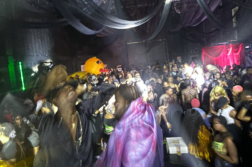
“HOW DO WE find each other as queer people? Through our words? Our spaces?” J Wu asks these questions in a selection of zines from the Queer Reads Library, which forms part of the Women: From Her to Here exhibition, available to view virtually and in person at the Chinese Culture Center of San Francisco’s gallery.
It is perhaps by exploring queer lives other than our own that we find and build not just an understanding of ourselves, but also of our histories. How queerness comes into being—despite rigid borders maintained by a heteronormative society—is where Women: From Her to Here lies.
This ambitious exhibition curated by Hoi Leung is everything a contemporary queer narrative can be: joyful, tender, nonlinear, and unapologetic, subverting notions of identity that are built on our society’s hetero-patriarchal structures, and visualizing how people negotiate their cultural identity and race while living and settling in white-majority societies. What does it mean to be queer and Asian in a mostly white country? What are some of the tensions that these lives navigate—and how? This exhibition delves deep into the histories of Chinese LGBT people in America and their impact on contemporary queer culture.

The virtual walk of the exhibition begins with artist Yao Hong’s “Erotic Wallpaper”—a mixed-media installation that uses wallpaper and tiles to illustrate chaotic and conflicting patterns, exploring the pain of Taiwan’s lower-class and how that relates to the artist’s gender identity. Creating unique patterns that challenge the conception of drawing as a reflective medium, Hong has chosen to remove themself from emotion and a connection with the self when drawing to reveal the struggle of a diasporic individual. In other words, Hong reveals what it’s like to be in a racialized, gendered body existing with the violent, arduous, and complex histories of one’s home country.
“I try to resolve a great, aching anxiety in my life through an impersonal approach. By standing clear of myself, I hope to see myself more clearly,” Hong says, commenting on the battle with the self that is an inevitable process of being queer. When you’re systematically made to dislike your cultural identity and leave it behind, what is the process of holding on while also departing? Can you pick apart aspects of your culture and call it homophobic, or can you try to read these parts as responses to being ethnically and racially marginalized?
Everything about this exhibit challenges the notion of what art is. It forces the viewer to engage with an illogical, chaotic, and messy world—an all-consuming reality for queer folks in the Asian diaspora. But as Hong rightly puts it, it is in the total defiance of structure and convention that we see ourselves for who we are: not tethered to borders, and so, not taken for granted.

To discuss food is to have a close and intimate conversation with culture in Asia—a conversation asking you to listen to the many voices that may have gone unheard but are alive in every recipe. This practice of building on histories through and in kitchens has been guided by the gender binary: assigning acts of care and responsibility to specific bodies. And for queerness that has come into being in Asian households, the kitchen has been a site of violence while also a way to understand one’s home. When it coalesces with tradition, community, and culture, the act of preparing food—an exercise in agency—can become a personal journey of love and loss, putting together parts of yourself and grieving them all at once.
This complicated, intricate relationship with food has been discussed in Madeleine Lim’s short film, “Sambal Belacan in San Francisco.” It is a moving reflection of all this, and more, as it weaves together stories of different lesbians living in the same city. These women negotiate some of the same queer diasporic discussions of the exhibition and film. The women form a potluck group to share these familiarities and differences and find alternate forms of care and community. “Sambal Belacan in San Francisco” is a cartography of personal testaments and moving videos of women talking about the lack of acceptance of their sexuality at home, encountering racism in America, and not feeling like they belong anywhere. Cut in between are silent videos of bodies exploring each other, short depictions of the queer, racialized body, how its existence is a revolution, and how it houses trauma but continues to exist through sex and intimacy, protest, and continuing to build on traditions in the kitchen.
The exhibition progresses with narratives that explore liminal spaces created, discovered, and sustained by the queer diaspora in San Francisco, placing these histories in a larger American context. Beyond those I’ve discussed here, there are eleven additional exhibits—each distinct in their reflection of queerness—that build on explorations of the queer Asian diaspora. From a video exhibit chronicling the HIV/AIDS pandemic in Taiwan to a series of photographs of lesbians’ hands designed to explore the particularly sapphic nature of hands, Women: From Her to Here is a powerful portrayal of queer desire, longing, identity, and community through the lens of diasporic experiences. It is also an exercise in radical acceptance, transgression, and intimacy, one desperately needed for queer people from the Asian diaspora.
 Saachi D’Souza (she/her) is a freelance writer and researcher based in India. She has been writing on gender, mental health and caste in South Asia, by examining film, culture, and conversations.
Saachi D’Souza (she/her) is a freelance writer and researcher based in India. She has been writing on gender, mental health and caste in South Asia, by examining film, culture, and conversations.






Discussion1 Comment
Saachi, your sensitive writing about the queer people in the Asian diaspora, made interesting reading. They certainly need understanding, protection and freedom of expression.